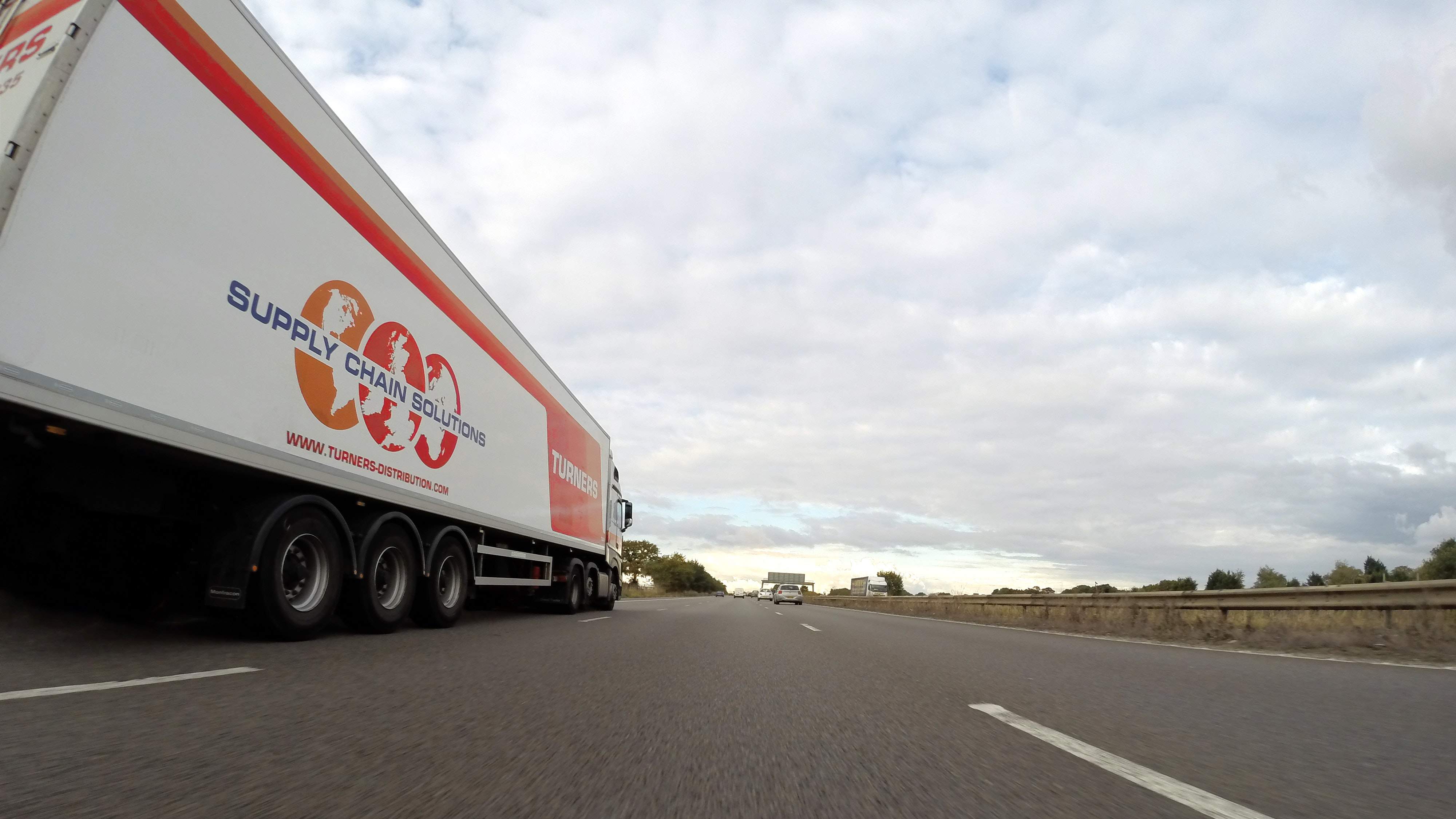
Technology is changing the way e-commerce businesses are delivering goods to customers – but the middle-men need to keep up by adapting their last mile logistics procedures
Online shopping has never been more popular, with an estimated 1.66 billion people worldwide purchasing goods on the web in 2017.
A huge $2.3 trillion (£1.7 trillion) was spent on e-retail sales last year, according to statistics portal Statista, and this is projected to hit $4.48 trillion (£3.32 trillion) by 2021.
Great news for online traders, but such extraordinary growth requires a similar increase in capacity and efficiencies for the logistics sector – with the cost of global parcel delivery now amounting to about $70 billion (£52 billion).
With next-day delivery standard practice now – and same-day delivery options becoming increasingly common – online suppliers need to ensure their warehouse equipment and supply chain are updated constantly to meet the growing demands of the customer.

It means manual handling in distribution centres has been replaced by some of the most advanced technology of the future, such as artificial intelligence and automation.
But that’s not the only aspect of technological change, with many companies also considering how to speed up efficiencies in the final leg of the delivery journey – a concept known as last mile logistics.
Two small businesses, healthy meal delivery service Mindful Chef and online independent boutique marketplace Trouva, are examples of organisations tailoring their delivery systems to meet the needs of 21st century consumers.
What is last mile logistics?
Supply chain managers use the term “last mile” to describe the final step of the journey in the movement of people and goods from a distribution centre to the end users.
It doesn’t necessarily mean the final mile delivery, though, as last mile logistics could even involve a distance up to 100 miles in the final delivery process.
Mindful Chef, which replicated the US recipe box concept with a health-focused model, has shipped more than 500,000 boxes from small farms in Devon since it was launched in 2015.
The company ensures it is involved closely with the last mile and has full visibility when it comes to routing, courier loads and estimated arrival times – enabling it to pre-empt any problems and deal with customer queries more efficiently.

Director of operations Bertrand Nicoli says: “Especially for brands attempting to position themselves at the premium end of the market, having the ability to manage the last mile part of the e-commerce experience is a differentiator.
“The customer experience starts at the website or on social media but does not end with a sale, and being able to maintain high standards all the way through to the end of the experience means that customers will be more consistently pleased with their purchase.”
London-based Trouva aims to bring high-quality delivery services utilised by large online retailers to the independent shopping marketplace by making sure the process is easy for customers.
Chief operating officer Glen Walker says: “We meet with our logistics advisors regularly, so we can see the data across all of our boutiques and when it’s getting really busy and we can monitor that closely.

“We manage couriers from lots of different companies and make decisions about moving orders to a different courier to speed up the shipping.
“We can look across the whole network in a way one small business could never do. We can see what’s happening with the customers, we can see what’s happening with the boutiques and we can tweak the system to make sure we’re making the right decisions across the network.”
Logistics of tomorrow
Trouva’s Glen believes there will be a big shift in delivery technology over the next five years as companies bid to meet rising customer expectations.
“At the moment it seems everyone has been focused on how to get things to the customers quickly and efficiently – the focus is on functionality,” he says.
“Making sure the customer has full visibility of all shipping costs and delivery options is quickly becoming more important.”
Bertrand, of Mindful Chef, believes customers will one day soon be able to re-route deliveries to parcel shops and track the delivery van in real time.

He adds: “At the moment, there is one company leading the tech side for couriers in the UK, but I see its tech as being standard inside five years.
“Despite well-publicised trials with drones, I don’t see this being a big thing in cities due to the density, but could be an effective way to carry out deliveries at low cost to more remote locations.
“Finally, I think packaging innovations will be important in keeping food fresh and goods in the condition in which they are meant to be received.
“The e-commerce industry is so huge that innovation in packaging will be richly rewarded and so should have brainpower and capital diverted to it.”
If you like this story, read more here:
Zen: The people-first approach of a unique broadband provider
Supply chain
For companies like Rajapack – which claims to be Europe’s top supplier of packaging such as cardboard boxes, bubble wrap and packaging tape – being on top of technological change is crucial to remain a foothold within the supply chain.
Operations director Sean Klemis says the firm is even using its own fleet of vans for the last mile delivery of products to business customers.
“We are seeing innovation across all sectors of logistics and the future is definitely exciting,” he adds.
“The buzz in the industry is all about same day delivery, full electronic tracking and visibility.
“To sustain this, I see logistics becoming more and more about hub and spoke distribution networks to create a greater mesh of product availability.
“We’re also going to see a greater emphasis on how goods are packed for transport.
“Making sure goods are fit for travel, and how they are received by the customer, will continue to be key drivers for customer experience.”


